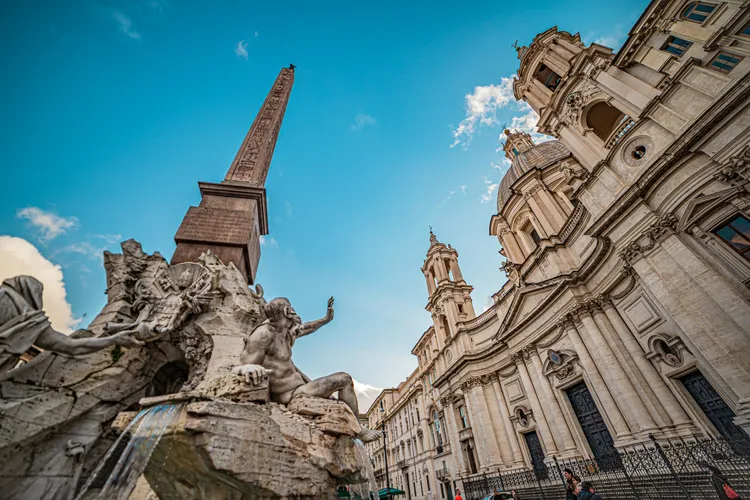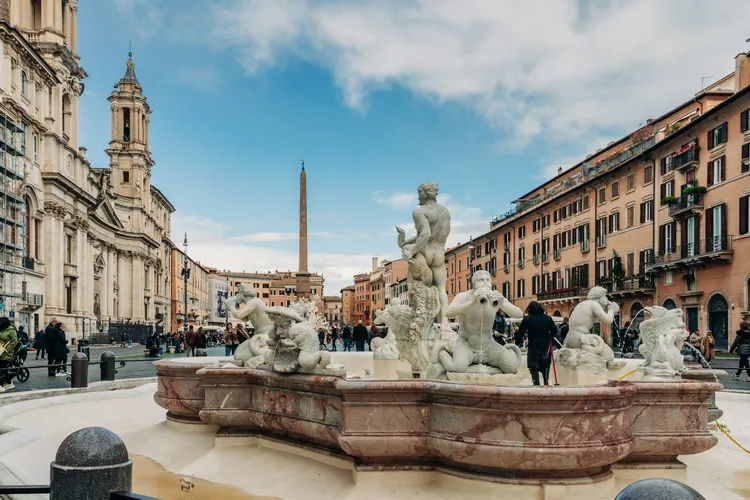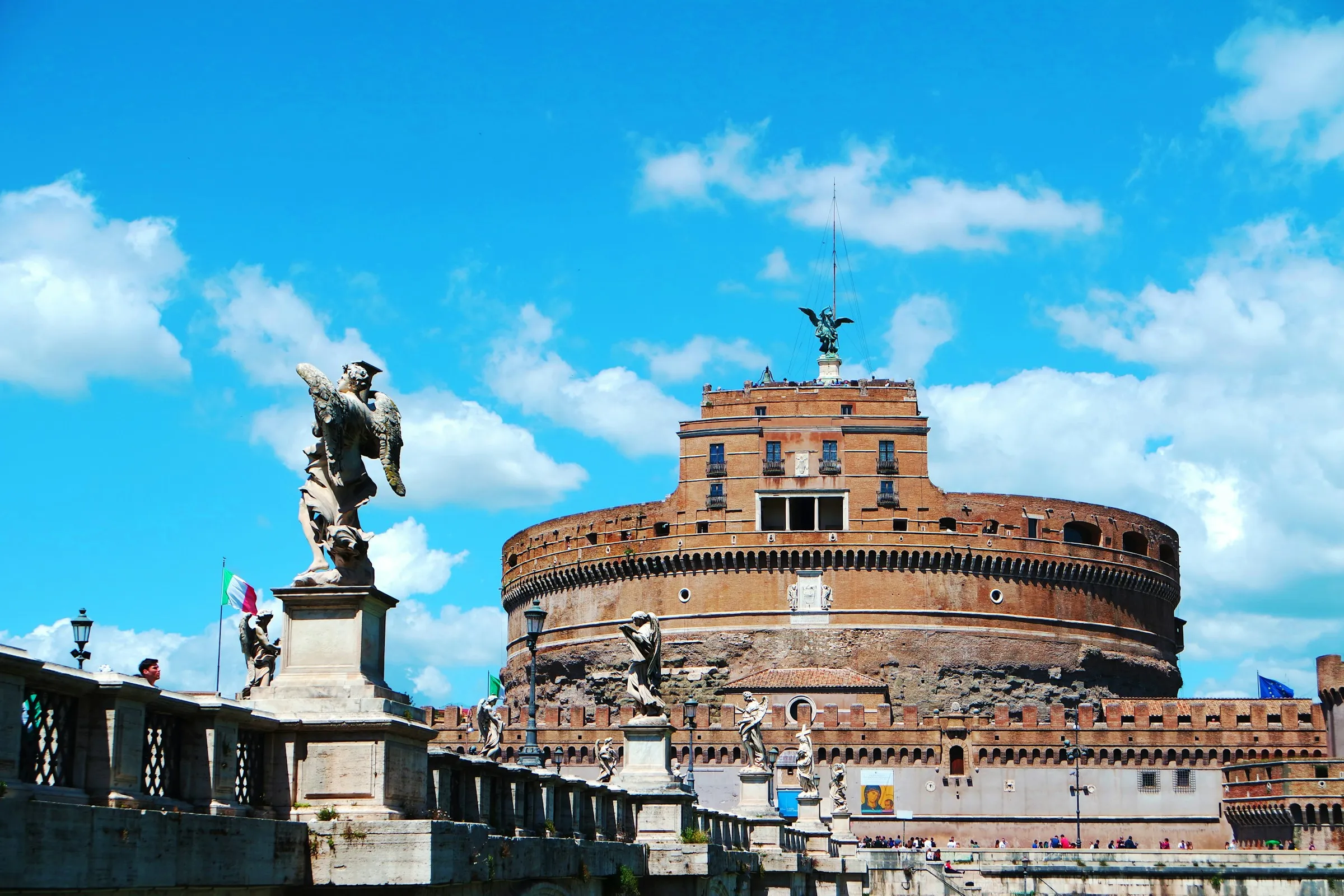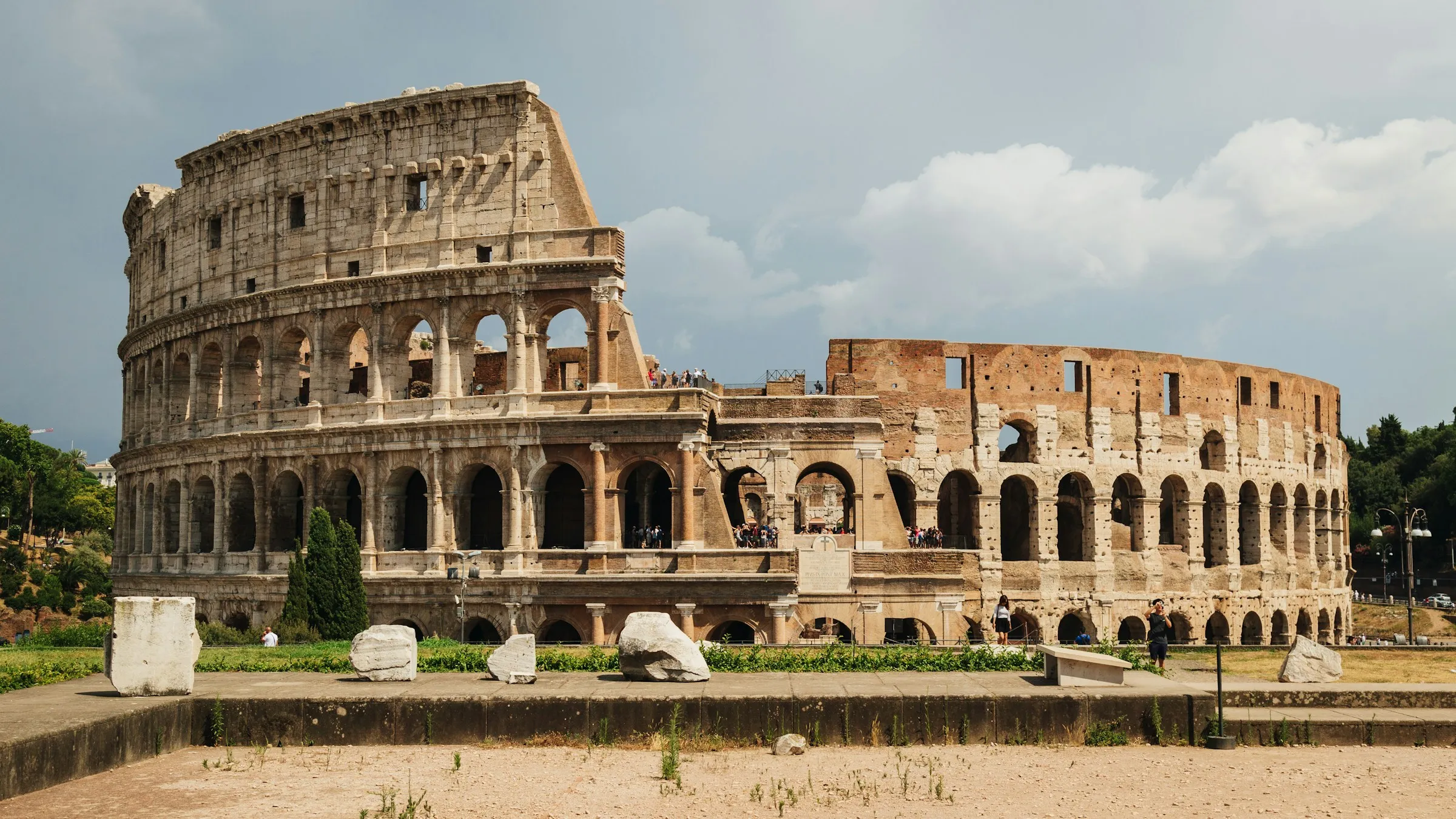Located in the center of Rome, “Piazza Navona” is a historic square built on the site of an ancient Roman stadium. Its unique elongated shape preserves the legacy of chariot races once held there. Today, this square, adorned with Baroque architecture and fountains, serves as a gathering place for tourists and locals alike. In this article, we’ll share all the charms of Piazza Navona.
Basic Information about Piazza Navona
History and Origins
Piazza Navona originated as the “Stadium of Domitian,” built by Roman Emperor Domitian in the 1st century. This stadium hosted chariot races and sporting events. After falling into ruins during the Middle Ages, it was redeveloped in the Baroque style from the mid-17th century. Masterpieces by great artists like Bernini and Borromini were added, creating what we see today.
Origin of the Name
The name Navona comes from the Latin word “agon” (competition). During the Middle Ages, it was called “Campus Agonis,” which eventually evolved into its current name.
Center of Baroque Style
The square features many examples of Baroque art, including Bernini’s “Fountain of the Four Rivers.” These were built in the 17th century and represent the competitive talents of the artists of that era.
Highlights of Piazza Navona
Fountain of the Four Rivers (Fontana dei Quattro Fiumi)

A masterpiece by Bernini, located in the center of the square. This fountain consists of four statues symbolizing the Nile, Ganges, Danube, and La Plata rivers, with an Egyptian-style obelisk. Its grand design and sculptures captivate visitors.
Church of Sant’Agnese in Agone
Designed by Francesco Borromini, this church features a beautiful façade and interior decorations. It is dedicated to Saint Agnes, and her skull is also on display inside.
Fountain of the Moor (Fontana del Moro)

Located on the southern side, this fountain was designed by Giacomo della Porta. It features a central figure of a Moor holding a dolphin, with a beautiful rose-colored basin.
Fountain of Neptune (Fontana del Nettuno)

Located on the northern side, this fountain features a statue of Neptune fighting an octopus, with its dynamic composition making a strong impression.
Visiting Information, Time Required & Access
Ticket Information
Piazza Navona itself is free to visit. However, there are separate fees for viewing the interior of Sant’Agnese Church or joining guided tours.
Time Required
- About 30 minutes to 1 hour just to walk around the square.
- Approximately 2 hours is recommended if you want to appreciate the fountains and church in detail.
How to Get There
Easily accessible on foot from the “Rinascimento” or “Senato” bus stops.
Buses and walking are recommended. The metro and tram are not recommended as there are no stations nearby. The area is surrounded by embassies and government buildings, so security is relatively good.
Things to Note When Visiting
- It gets crowded during the day and tourist season, so early morning or evening visits are recommended.
- Be cautious of street vendors and pickpockets targeting tourists.
- If visiting the church, wear clothing that covers your shoulders and knees.
Nearby Attractions
- Trevi Fountain: A famous fountain just a 15-minute walk away.
- Pantheon: A historic building just a 5-minute walk away.
- Campo de’ Fiori: A lively area with morning markets and restaurants.


